Electrosynthesis for a sustainable production of ethylene oxide
June 2019 – May 2023
In the first phase, the activity, selectivity, and stability of the catalyst will be screened. Both commercially available and newly (self)-synthesized catalysts will be used for this purpose (Noblyst, Evonik; IrOx, Sigma Aldrich; Elyst Ir75 0480, Umicore). The most active, selective, and stable materials (Pt and IrOx) will then serve as a basis to synthesize catalytic (bimetallic) particles on flat supports, thus increasing activity, selectivity, and stability. An activity of 50 mA cm-2 and a current efficiency of 60% over a period of 9 months are set as the minimum achievable goals. After the initial screening, the most promising catalytic particles will be deposited and tested on gas diffusion electrodes (GDE) in a second phase. This maximizes the supply of ethylene, which also affects activity, selectivity, and stability. The objective is for the most successful catalyst to achieve a minimum activity of 80 mA cm-2 and a 75% EO current efficiency over a period of 16 months. As an additional criterion, the particles must be uniformly and monodisperse deposited on the GDE support structures. In the next phase, the transition will be made from a batch test setup to a continuous flow setup. For this purpose, an electrochemical reactor of the fuel cell type (Micro Flow Cell, Electrocell, 10 cm2) will be constructed, in which a catalyst-loaded GDE can be used. In the continuous flow research, the focus will be on testing different GDE materials, turbulence promoters, membranes, and reactor configurations. Additionally, process parameters (temperature, flow rates, recycle ratio, etc.) will be optimized to maximize yield. Specifically, a minimum current density of 140 mA cm-2 with 85% EO current efficiency is proposed, corresponding to a minimum EO production capacity of 1 kg m-2 hour-1. To determine whether the desired production capacity of 1 kg m-2 hour-1 can be achieved in an economically viable manner, a techno-economic analysis (TEA) will also be conducted. The TEA includes (i) an assessment of technological challenges, (ii) sizing of the production unit and associated investment and operating costs, (iii) an estimate of the desired product yields, and (iv) an economic feasibility study. Investment criteria, including cost-benefit analysis, net present value, and internal rate of return, will be considered in significant strategic decisions throughout the project, such as the evaluation of catalyst costs versus catalyst activity, selectivity, and stability.

